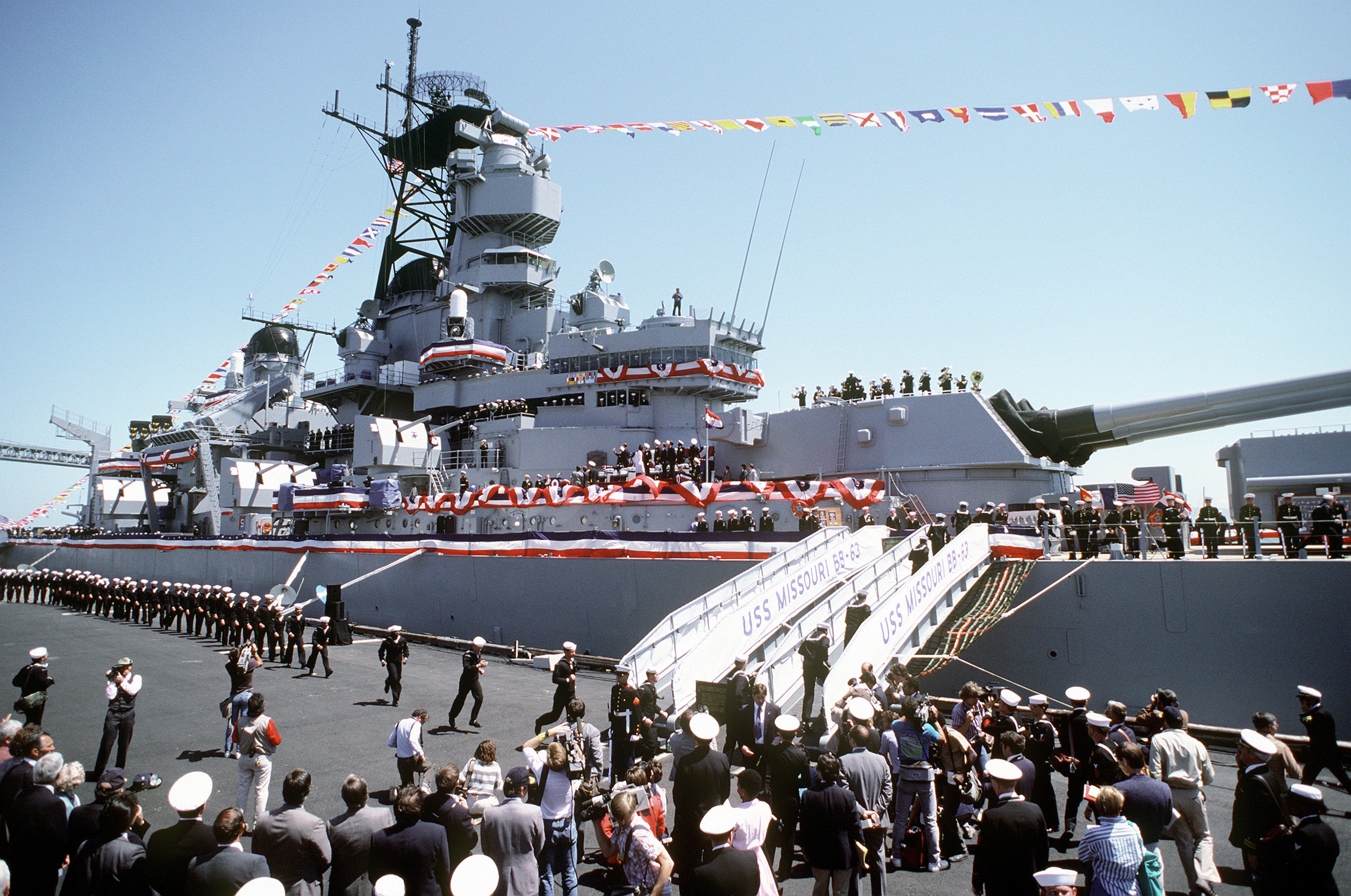

Both generals, recently released from a prison camp near Mukden, Manchuria, had been especially invited by General MacArthur to witness the surrender of Japan. Percival, British commander at Singapore at the time of the Japanese conquest of that base, signed next. Wainwright, defender of Bataan and Corregidor, and by Lieutenant General Arthur E. Both Japanese emissaries, as well as the various Allied representatives, signed two documents - one for the Allies, and a duplicate to be retained by Japan.Īs Supreme Commander for the Allied Powers, General of the Army MacArthur, attended by Lieutenant General Jonathan M.


The next to affix his signature to the surrender document was General Yosshijiro Umezu, Chief of Staff, Japanese Army Headquarters, who signed for the Imperial General Headquarters. An interesting sidelight concerning this 31-starred flag was the circumstance of its being framed in reverse, as a result of the obverse side's having suffered such decomposition from mildew that it had been necessary at some time in the flag's history to back that side with cotton batting.Īcting on behalf of Emperor Hirohito and of the Japanese Government, Foreign Minister Mamoru Shigemitsu signed first for Japan. Looking down upon the ceremony, to present a reminder of an earlier occasion on which Japanese truculence had been humbled by American sea power was the American Flag which had flown over Commodore Matthew Calbraith Perry's flagship USS Mississippi (Sidewheel Steamer) when he steamed into the Bay of Yedo (Tokyo Bay, as it was known after 1868) in 1853. The formal surrender of the Japanese Imperial Government, the Japanese Imperial General Headquarters, and all Japanese and Japanese-controlled armed forces wherever located, was signed aboard the battleship USS Missouri (BB-63) at 0908 on 2 September 1945. Extract, The Formal Surrender on the Empire of Japan, pages 93-97 of 11 February 1946 Report on Surrender and Occupation of Japan by Commander in Chief, Pacific Fleet and Pacific Ocean Areas.


 0 kommentar(er)
0 kommentar(er)
